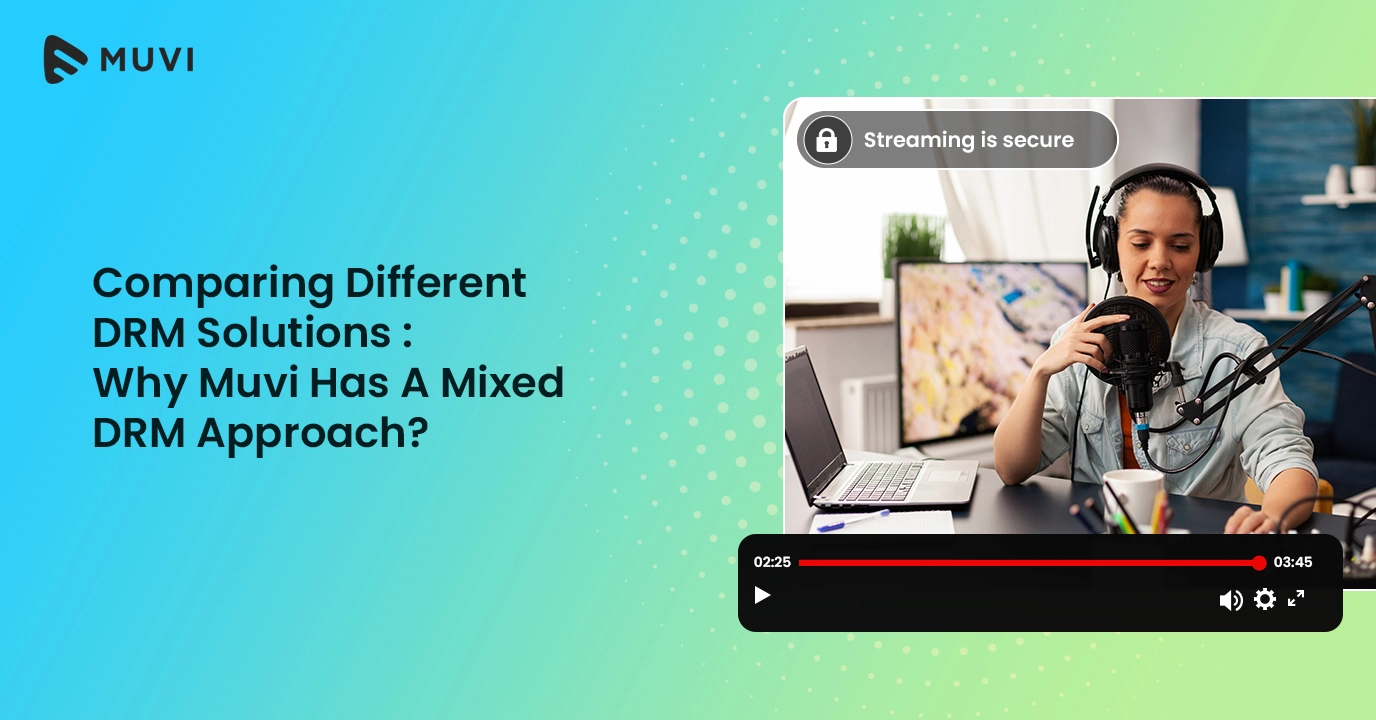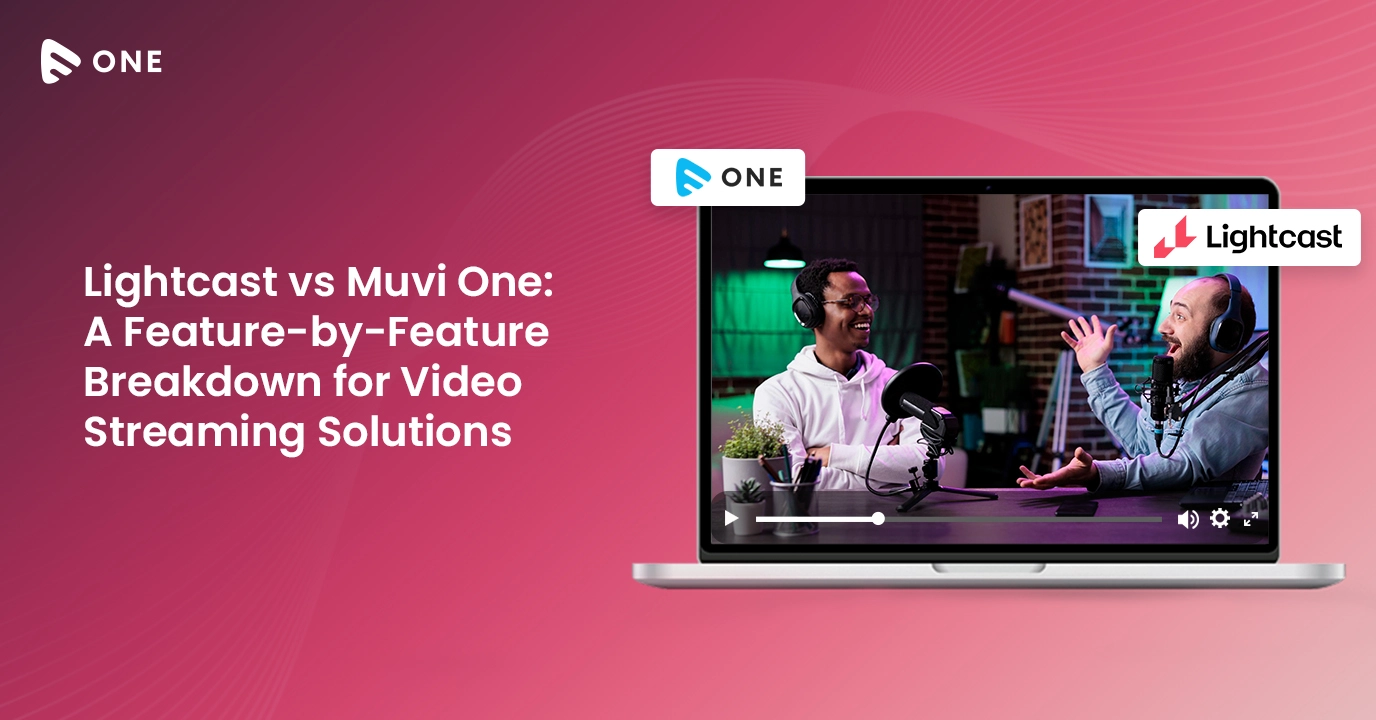Written by: Roshan Dwivedi
Think people have binged enough? No? Just like the rest of the world.
For a fact, entertainment has grown to account for more than 70% of peak Internet traffic, up from 69% earlier this year and 64% during the first half of 2014, as per the latest report from Sandvine.
Netflix, YouTube, Amazon Video and Hulu all reported increased web their traffic during peak viewing periods, according to Sandvine’s latest Global Internet Phenomena report. Streaming giant Netflix now commands 37.1% of downstream traffic during the study period, Sandvine says. That’s marginally higher from Netflix’s 36.5% of traffic found in Sandvine’s April traffic report.
Here’s how all major streaming services recorded higher traffic :
- Netflix saw gains over Sandvine’s previously published figures. Netflix’s traffic share is now greater than the share of all video five years ago. The growth of these services just speaks to how the Internet is now used as an entertainment delivery medium.
- YouTube, which remained the No. 2 traffic generator, saw its share grow from 15.5% to 17.85% in the latest report.
- Amazon, which previously held the No. 8 spot on Sandvine’s moved up to No. 4 as its share of peak traffic grew from about 2% to more than 3%.
- Hulu saw gains, too, accounting for 2.6% of traffic, up from 1.9% earlier this year.
- Amazon’s increase pushed Apple iTunes and traffic from its downloadable content from the No. 4 slot to No. 5.
Earlier this year, Nielsen reported that 41% of U.S. homes have access to an streaming video on demand subscription service such as Netflix, Hulu Plus or Amazon Prime Video during the last three months of 2014, up from 36% in the same period last year. And 13% of homes have more than one video streaming service.
With the streaming demands going up, networks seem to be increasing capacity to handle consumers’ growing reliance on streaming video, which is evident now as several streaming outlets, Netflix, YouTube and Amazon included, have begun building out 4K video libraries.
Leading CDN service provider Akamai Technologies has released its Third Quarter, 2015 State of the Internet Report. The report suggested that there was a huge increase in appetite for online video.
Here are a few key pointers from their report :
- Globally, 5.2% of unique IP addresses connected to Akamai at average speeds of at least 25 Mbps, a 6.3% increase over the previous quarter. Year-over-year, global 25 Mbps adoption increased by 15%, in contrast to the 0.5% yearly decrease seen in the second quarter.
- The global percentage of unique IP addresses connecting to Akamai that met the 4 Mbps broadband speed threshold increased 2.7% to 65%. Year-over-year growth was 9.8%.
- In the third quarter of 2015, 27% of unique IP addresses across the world connected to Akamai at average speeds above 10 Mbps, an increase of 2.4% over the previous quarter. Year-over-year, this was a 19% increase.
- 15% percent of the unique global IP addresses connected to Akamai at average “4K-ready” connection speeds of 15 Mbps or above, up 5.3% from the second quarter. Year-over-year, the global 15 Mbps adoption rate grew 21% with seven of the top 10 countries/regions seeing gains ranging from 8.9% in Latvia (31% adoption) to 73% in Norway (37% adoption).
The Road Ahead in 2016
There’s no doubt about how the uptake of online video has gone up and how its is bracing up for even more in 2016. About time, video publishers and content owners get ready to usher in the online video revolution and make the most of their content.
Read about how ISKCON and HTVFun teamed up with Muvi to deploy online video streaming platforms and distribute their content digitally to a targeted, gigantic audience.
















Add your comment